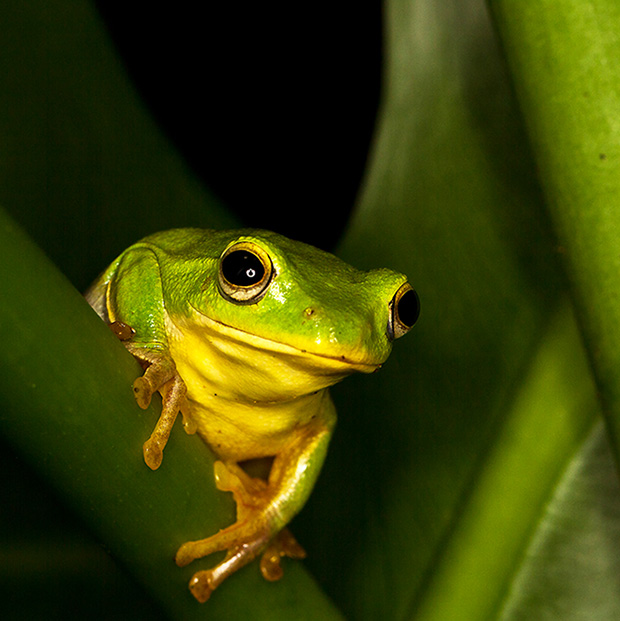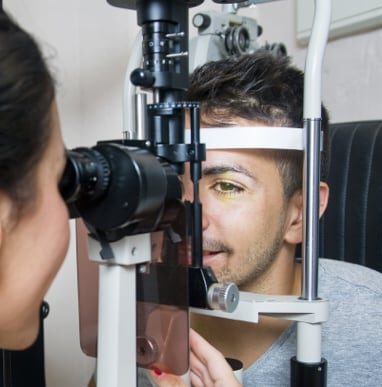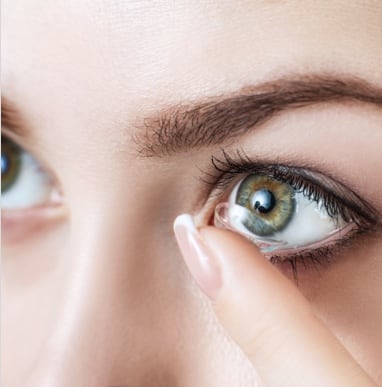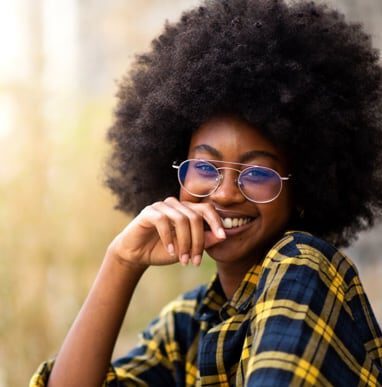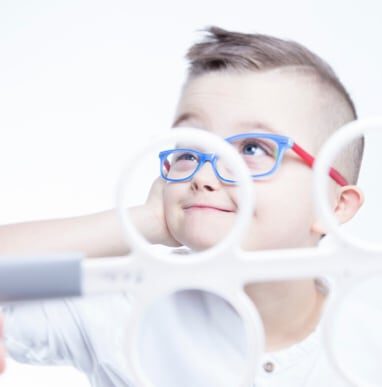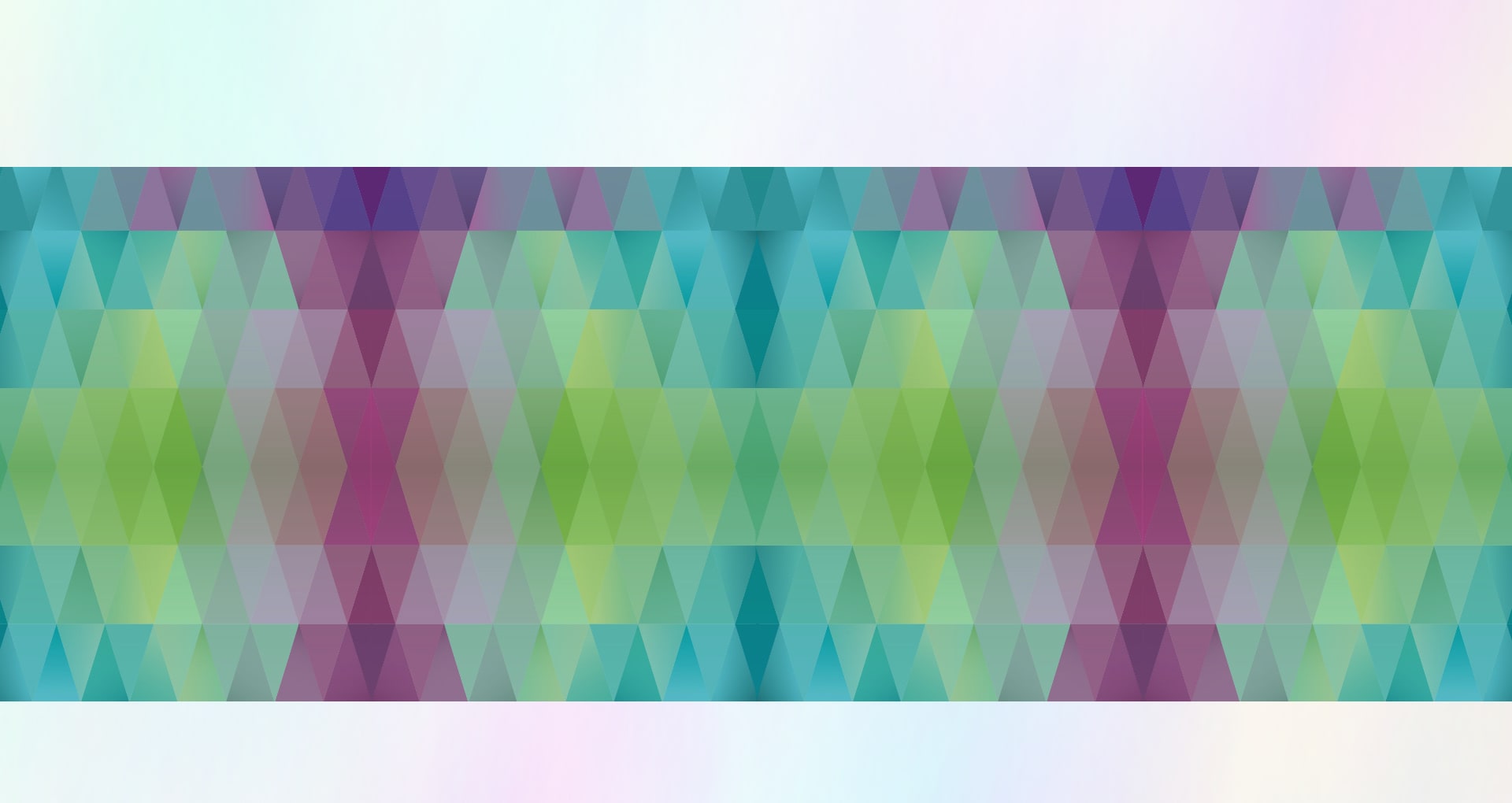
Our eyes are easily the most complex sensory organs we have.
Our ability to see the world around us in clear, precise images is frankly incredible. But since we are a diurnal (awake during the daytime) species, our night vision is nowhere near as powerful as that of many animals.
Human Vision Tag-Team: Rods and Cones
Two of the most important types of cells involved in making vision possible are rods and cones. Cones, in human eyes, come in three varieties: red, green, and blue light sensitive. These cells are what allow us to see sharp, detailed images full of color. The reason some people are colorblind is that they’re missing one of the types of cones, which limits the range of colors they can perceive.
The biggest weakness of cones is that they only work with a lot of light. Any darker than about the brightness of the night of a half moon and the cones can’t function. That’s where the rods come in. Rods can function in much dimmer light, but they can’t detect the different wavelengths (or colors), and the overall picture they generate is far less sharp or detailed.
You may have noticed that you can see objects better in the dark when you aren’t looking directly at them. That’s because we have more rods around the edges of our retinas, while the center (the macula) is densely packed with cones.
The Animals With The Best Night Vision
Which animals would you think have the best night vision in the animal kingdom? Owls? Cats? While both do have exceptionally good night vision, the answer is actually frogs. Based on current research, frogs (and toads) are the only animals that can see in color in almost total darkness. This is because their rods come in two different sensitivities, like the way our cones come in three.
[iframe https://www.youtube.com/embed/t3CjTU7TaNA?rel=0 620 349]
Good Night Vision Comes At A Price
Seeing in the dark isn’t everything, however, so don’t get jealous of frogs just yet. Some of the other tools they use to see in the dark compromise their sight in better lighting. The cells that process visual information essentially work like long-exposure photography, which means moving objects appear as blurs.
They also, like many other animals (including cats and owls), have a special mirror-like layer called the tapetum lucidum behind their retinas that bounces light back out. This layer is the reason these animals’ eyes appear to glow in the dark. It gives them a second chance to see something in low light if they missed it at first, but it also means that everything they see is a little blurry.
How Is Your Vision Doing?
At the end of the day, we’ll take sharp, clear vision that doesn’t need things to move before we see them over a frog’s ability to see color in the dark, but it’s still fascinating to learn how the eyes of different species work. And if your vision isn’t working the way it should, it could be time to schedule your next appointment with us!


